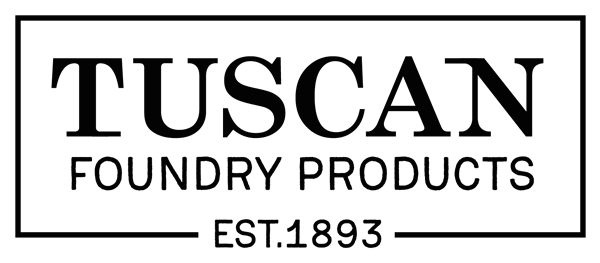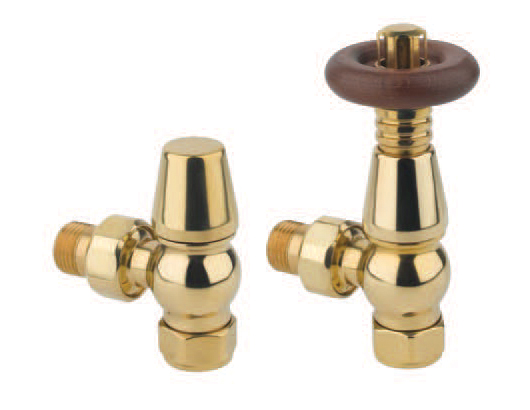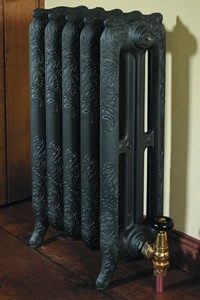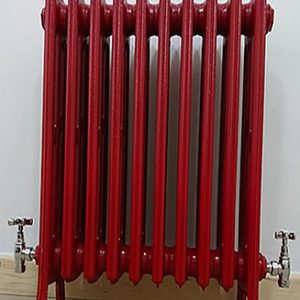With National Maintenance week fast approaching (18th – 25th November 2011), Tuscan Foundry Products Ltd have decided to help period property owners look after rainwater systems by offering big discounts on selected cast iron gutters, pipes and fittings.
Friday 25th November is designated as National Gutters Day and on this particular day, homeowners are encouraged to check their systems for evidence of damage. Repairing sections of damaged cast iron gutter and pipe can help avoid potentially thousands of pounds of damage to brickwork.
Tuscan is offering these savings across a range of profiles and includes both primer and painted stock. The offers will only be available whilst stocks last so visit our website to view our discounted cast iron rainwater goods today.
For more information concerning National Maintenance Week visit the Society for the Protect of Ancient Buildings (SPAB) at www.maintainyourbuilding.org.uk



